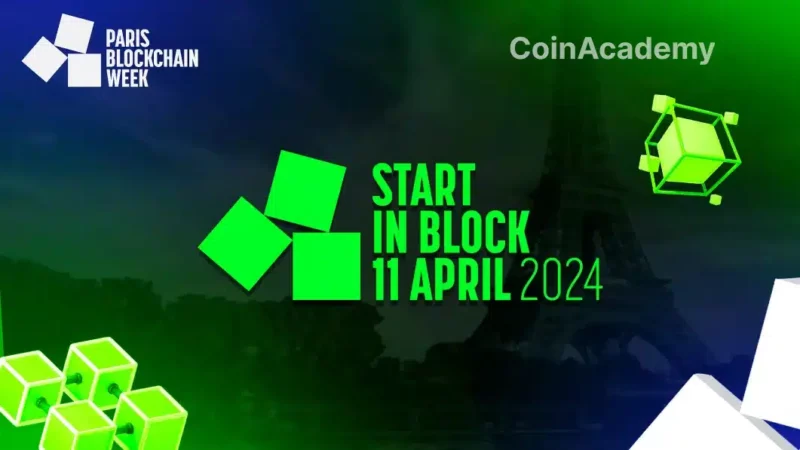The Ethereum Foundation has made a strategic shift, placing interoperability at the core of its strategy, aiming to enable all Layer 2 networks to function as a seamless and transparent single network for users.
The Ethereum Interoperability Layer (EIL) and the Open Intents Framework are set to facilitate cross-chain transfers and executions without bridges or relays, supported by new standards like ERC-7828 and ERC-7683.
Speed optimizations are expected by 2026, with a block time reduction to 6 seconds and confirmations in 15-30 seconds, enhancing Ethereum’s competitiveness and DeFi liquidity.
Strategic Shift for the Ethereum Foundation
After years of cost reduction and network capacity enhancement, the Ethereum Foundation now places interoperability at the top of its priorities. The goal is to make the multiple ecosystem Layer 2 networks operate as one single network, shielding users from underlying complexity.
In a post published this Friday, the protocol’s R&D team summarizes the ambition:
‘Interoperability represents the most decisive opportunity to enhance user experience over the next 6 to 12 months.’
Ethereum Interoperability Layer: the Key Component
At the heart of this new roadmap lies the Ethereum Interoperability Layer (EIL). It is a trustless and censorship-resistant messaging system designed to make interactions between rollups feel like execution on a single blockchain. A public design document is expected in October 2025, paving the way for a common standard for asset and data transfers between L2.
This component is accompanied by the Open Intents Framework, already popularized by several flagship projects since its introduction in February. Users would no longer need to juggle bridges or relays: they declare an intent (transfer, exchange, invest), and the common infrastructure handles the execution, regardless of the destination network.
Harmonizing Standards
In parallel, work on standards is progressing. Two proposals are catching attention: ERC-7828 and ERC-7683, which aim to standardize wallet behavior and transaction management across rollups. If adopted, they could finally iron out the technical differences hindering today’s multi-chain experience.
The objective is crystal clear: unify the user experience and allow Ethereum applications to naturally expand across multiple networks without compromising security or composability.
Towards a Faster Ethereum
Interoperability alone is not enough: speed matters too. The Foundation plans a Fast L1 Confirmation Rule by early 2026, reducing confirmation times to 15-30 seconds. Research is also underway to halve the block time, from 12 to 6 seconds, while speeding up settlement on Layer 2.
These improvements aim to reduce inter-chain interaction latency, making the ecosystem not only more seamless but also more competitive against rival blockchains.
Impact on DeFi and Liquidity
If Ethereum manages to operate its rollups as a single network, the consequences could be major. Current barriers, causing fragmentation and risks associated with bridges, would vanish. The result: improved capital efficiency, increased liquidity, and the emergence of new DeFi products, inconceivable with current infrastructures.
In essence, Ethereum is paving a future where users no longer have to think in terms of Layer 2. One network, faster, simpler, and safer. A future that could reignite blockchain’s lead against an increasingly aggressive competition.




